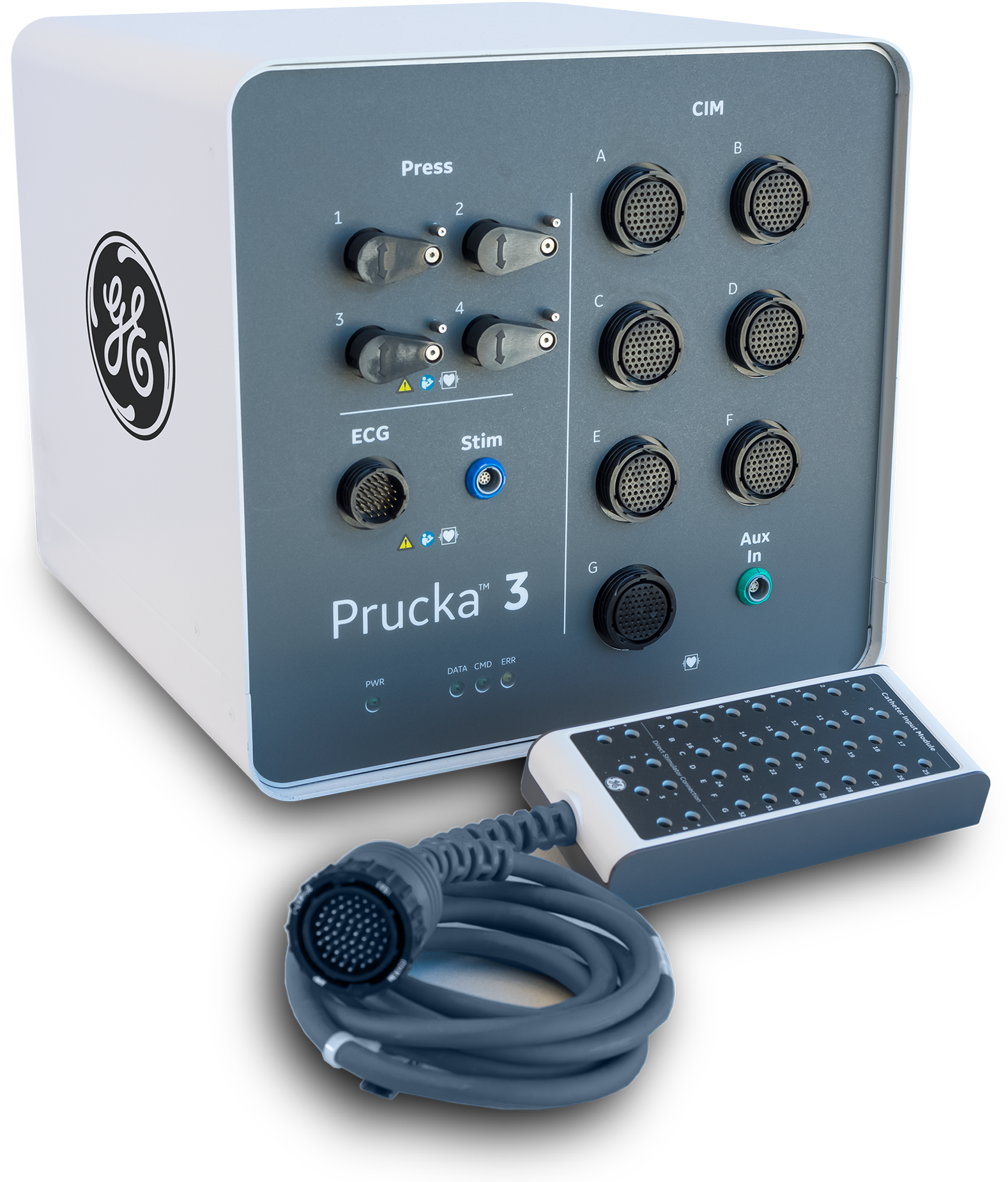Cardiovascular diseases are the leading cause of death globally with more than 60% of deaths being preventable and premature.[1] [2] Within the umbrella of cardiovascular disease, Atrial Fibrillation (AFib) is the most common arrhythmia diagnosed in clinical practice, affecting millions of people worldwide with projections indicating that the prevalence of AFib could reach 15.9 million people in the United States by 2050 and 17.9 million in Europe by 2060.[3]
AFib is an irregular and often very rapid heart rhythm that begins in the heart’s upper chambers (atria). The heart’s electrical system controls the timing of the heart’s contractions and how the heart pumps blood to the rest of your body; but with an irregular heartbeat, blood may not properly pump through the body - leading to clots – which can cause a stroke. Common symptoms to be aware of include palpitations, fatigue, dyspnea, and stroke.
The longer a person living with AFib is out of rhythm, the more difficult it is to treat and the more dangerous it may become. But if caught early, rhythm control treatment can reduce AFib recurrence and potentially prevent progression.[4]
One treatment option available today is catheter ablation – a commonly used and minimally-invasive procedure done by an electrophysiologist (EP) for AFib as well as other cardiac arrhythmias. The goal of the procedure is to eliminate the irregular heartbeat by scarring tissue in the heart to block irregular electrical signals or abnormal heart rhythms (arrhythmias).
To begin the procedure, small punctures are made in the groin, arm, or neck area, and thin, flexible tubes, called catheters, are inserted and threaded to the heart. The catheter’s tip is then positioned to ablate tissue around the sources of erratic electrical signals, often the pulmonary veins, that are causing the irregular heartbeat. The catheter then uses thermal energy, such as radiofrequency energy (intense heat) and cryotherapy (intense cold), to create a lesion of scar tissue. The scarred tissue, or conduction block, stops the erratic electrical signals from traveling through the heart helping to restore the heart’s normal rhythm and reduce symptoms.
While AFib can be diagnosed by a simple EKG or ECG (electrocardiogram), AFib is often misdiagnosed or not treated appropriately, with up to 30 percent of cases missed in routine clinical practice.[5] Electrophysiology labs play a pivotal role in the diagnosis and treatment of cardiac arrhythmias and require sophisticated recording systems to capture and analyze intracardiac signals accurately.
With its robust ecosystem encompassing interface to mapping technologies, GE HealthCare’s Prucka™ 3 with CardioLab™ EP recording system helps provide accuracy, efficiency, and advanced analytics for the diagnosis and treatment of cardiac arrhythmias.
“Recording systems like CardioLab from GE HealthCare have been crucial to the success of atrial fibrillation(AFib) ablation procedures. With the addition of interfaces to 3D mapping over 20 years ago, the rate of ablation success in treating proximal atrial fibrillation has reached 90 percent. However, treating long-standing, persistent atrial fibrillation has proven to be more challenging, with success rates at or below 50%. This form of AFib represents a more advanced form of the disease - where ablation targets are numerous, located outside the pulmonary veins, and are harder to find. As the practice of this procedure continues to evolve, I think AI has the potential to help us take a big leap forward in signal analysis - in terms of helping us accurately and efficiently analyze AFib signal and locate areas of interest – and am eager to see if it will help us have higher success in treating persistent AFib.”
- Dr. Bahu of Abrazo Arizona Heart Hospital Phoenix, AZ.*
Living with AFib can take a toll on patients – it can be physically, mentally, and emotionally exhausting. The ongoing evolution of treatment has helped patients live a better quality of life through the opportunity to make informed decisions in consultation with their physicians regarding what treatment plan is best for them.
As we observe AFib Awareness Month in September, we encourage patients to know the signs and consult your doctor if you are hearing or experiencing an unusual heartbeat or a rapid heart rate.
*Dr. Bahu is a paid consultant for GE HealthCare and was compensated for participation in this testimonial. The statements by Dr. Bahu described here are based on his own opinions and on results that were achieved in his unique setting. Since there is no “typical” hospital and many variables exist, (i.e., hospital size, case mix, etc.) there can be no guarantee that other customers will achieve the same results.
- - - - - - - - - - - - - - - -
REFERENCES
1. World Health Organization (WHO) estimated 17.9 million people died from cardiovascular diseases in 2019. https://www.who.int/news-room/fact-sheets/detail/cardiovascular-diseases-(cvds)
3. Vinter N, Huang Q, Fenger-Grøn M, Frost L, Benjamin EJ, Trinquart L. Trends in excess mortality associated with atrial fibrillation over 45 years (Framingham Heart Study): community based cohort study. BMJ. 2020 Aug 11;370:m2724. doi: 10.1136/bmj.m2724. PMID: 32784208; PMCID: PMC7418071.
4. Camm A, Naccarelli G, Mittal S, et al. The Increasing Role of Rhythm Control in Patients With Atrial Fibrillation. J Am Coll Cardiol. 2022 May, 79 (19) 1932–1948. https://doi.org/10.1016/j.jacc.2022.03.337
5. January CT, et al. 2019 AHA/ACC/HRS Focused Update of the 2014 AHA/ACC/HRS Guideline for the Management of Patients With Atrial Fibrillation. Circulation. 2019; 140: e125–e151. https://www.ahajournals.org/doi/full/10.1161/CIR.0000000000000665






